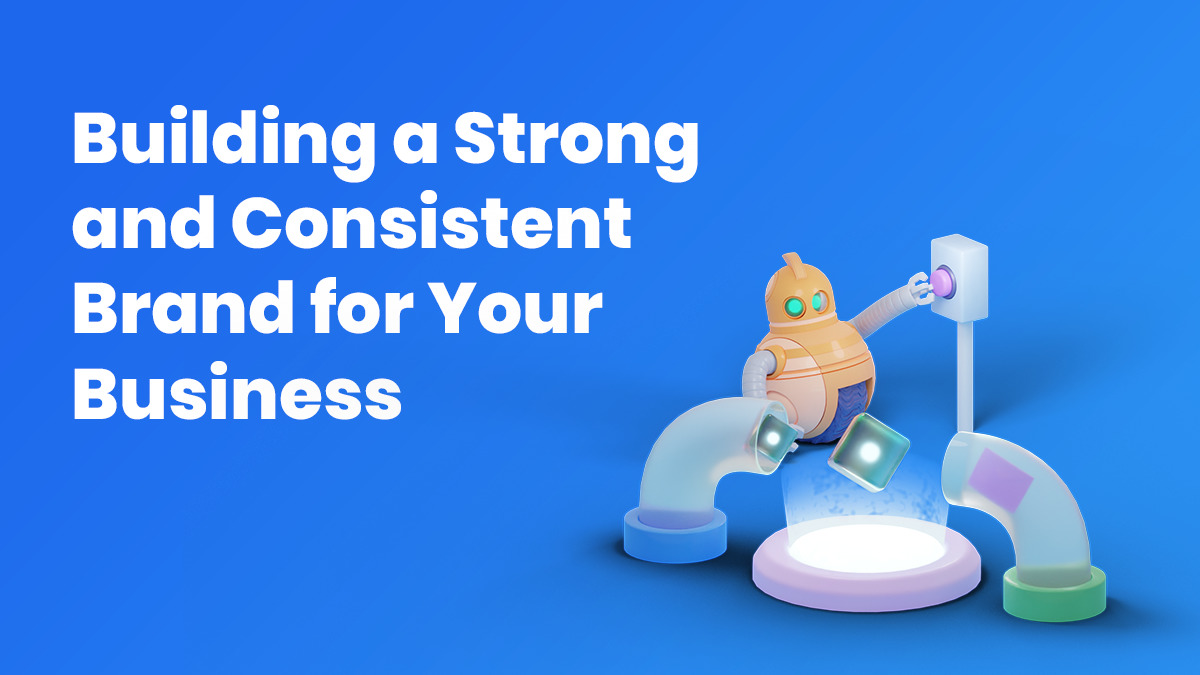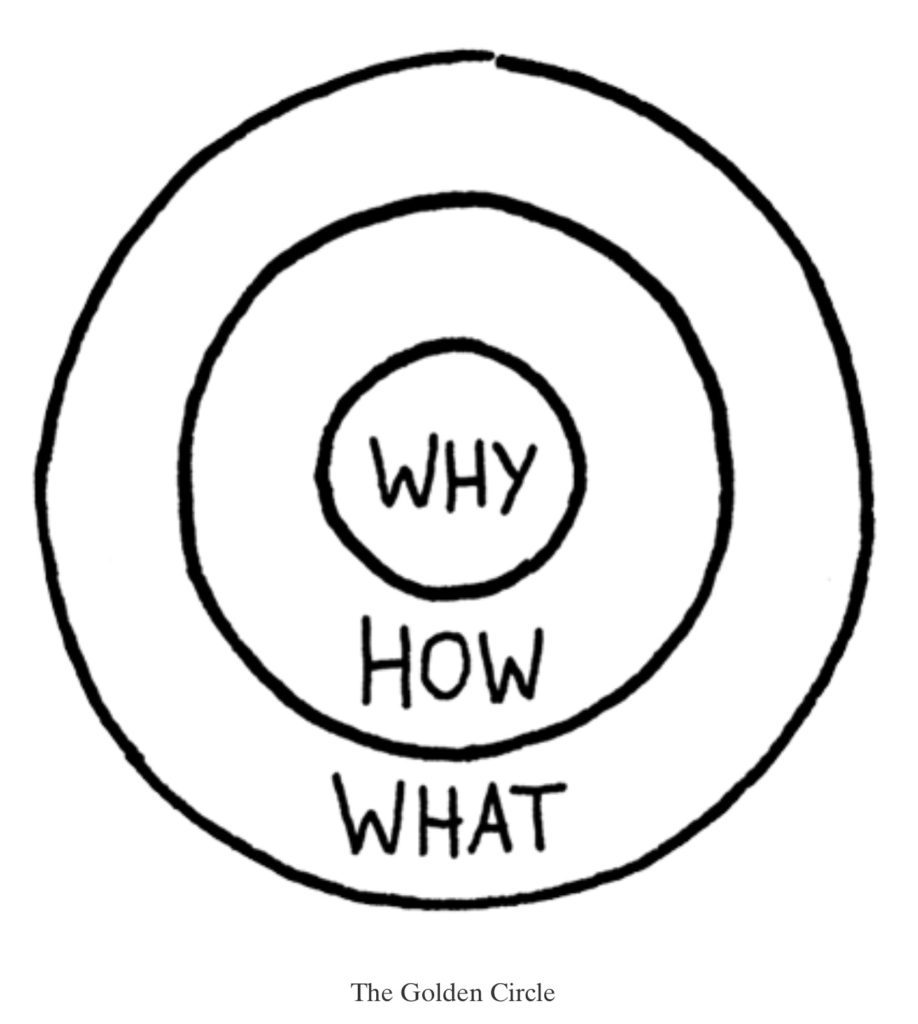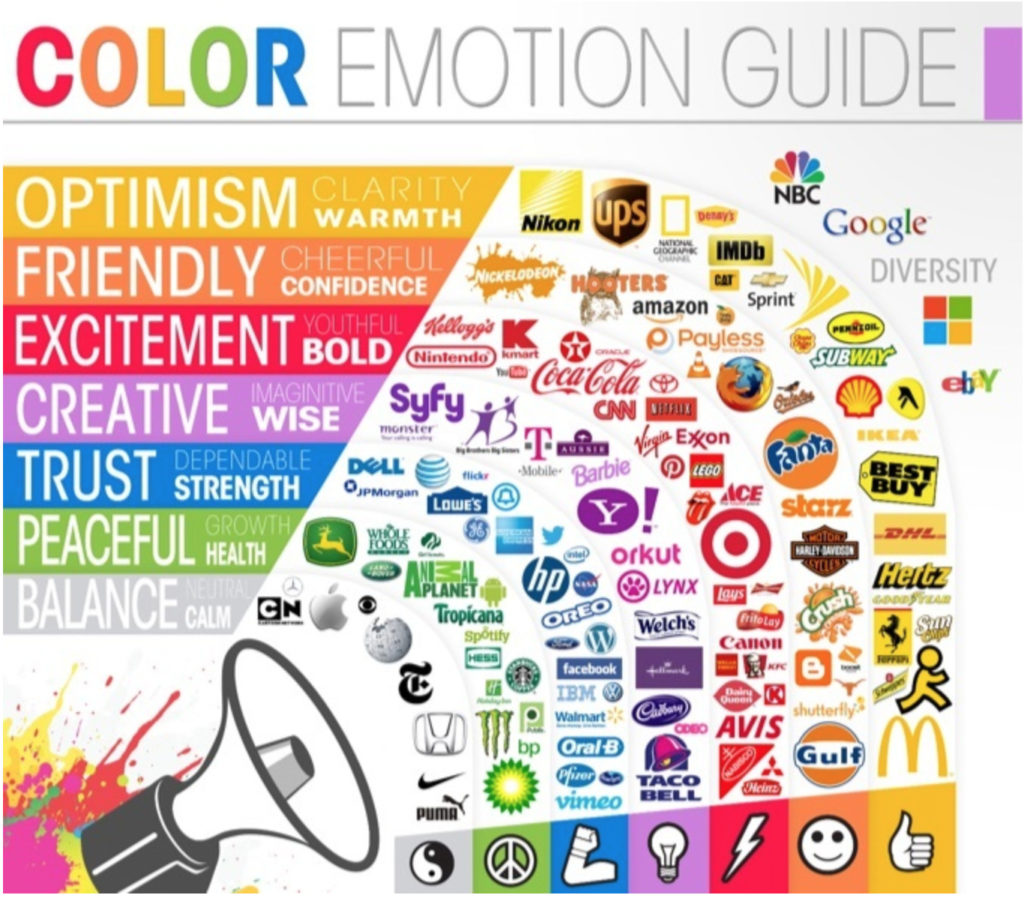
In today’s world, a “brand” is what people think of when they use your product, engage with social media posts, and visit your landing page or website.
Anytime you interact with Apple – whether online, in-store, or with a product – there are no doubts about what company you’re engaging with. From their simple color scheme to their clean website and packaging, it’s easy to recognize you’re getting the Apple experience.
Another great example is Starbucks. Depending on the order, people are usually willing to pay 2-4 times what they can get for coffee almost anywhere else.
Why are people willing to pay so much for a simple cup of coffee? It comes down to the power of branding. Starbucks does not just brand the cup of coffee, but the entire experience. No matter where you are in the world, if you visit a Starbucks the experience will be similar. You know what to expect.
Starbucks took the time to think about who they are, what they want to be, and how to build a loyal customer base.
Plus, they practice what they preach in their mission statement: “To inspire and nurture the human spirit – one person, one cup and one neighborhood at a time.”
Starbucks is selling a feeling —not just a cup of coffee. That is the difference between selling stuff and marketing a brand.
Create your mission statement.
Your mission statement tells the world what your business does and why it’s important. It will give you more insight into what type of customers you want to attract and set the tone for how you speak.
To create a mission statement, think about how your product or service can positively transform your audiences’ lives. How do you want your audience to feel, or what problems will you solve for them? Your statement should include aspirational language that speaks to your overall goal.
To establish your brand's mission, you need to take the time to do some soul searching. But the answers to three simple questions can help you define your brand.
Three questions to build your brand
Simon Sinek is famous for discovering remarkable patterns about how the greatest leaders and organizations think, act and communicate. He is probably best known for popularizing the concept of WHY in his first TED Talk in 2009. It rose to become the third most-watched video on TED.com, with over 40 million views and subtitled in 47 languages.
Sinek focuses on three questions you need to answer to help you understand the purpose of your brand:
- What – the products or services you offer to your customers
- How – the things that differentiate you from the competition
- Why – the reason you are passionate and why you exist
He calls these questions “The Golden Circle.”

As illustrated by the earlier examples of Apple and Starbucks, people don’t buy what you do — they buy why you do it. Defining your “why” is one of the most important steps you can take to grow your brand.
Your “why” will help you differentiate who you are from other companies that promote similar products, services, or content.
And that’s more important now than ever. Studies show that 50% of consumers worldwide say they now buy based on it’s brand values and impact.
Identify what makes you unique
You’re most likely not the only company in your space. So it’s pivotal to communicate how you’re different to your audience. To find out what makes you unique, ask yourself:
- How are you different from everyone else?
- Do you serve a niche audience?
- Do you help your local community?
- Do you have great customer service?
- Are you the first in your space?
- Why should your audience look to you and not other brands?
Related: How to Pinpoint Your ‘Hook.’ Find Your Unique Selling Proposition in 6 Simple Steps
Research what other brands do
Research companies you admire or aspire to be like. Identify what draws you toward their design, product, or voice and write down your observations.
You might jot down:
- The fonts they use
- Their color palette
- What types of photos they use
- How they describe themselves on their about page
Pro Tip: Run a split test on your website and emails to test new design changes.
Identify your brand’s target audience
The goal is not to do business with everyone. Finding your niche is a crucial step in promoting your business. Your target audience should be people who want to buy what you’re selling, and who believe what you believe.
Think of our previous examples of Apple and Starbucks, those brands each appeal to a particular target audience. Your business should appeal to a specific target, not every single person on the planet.
One of the most critical aspects of branding is Identifying your target audience. If you overlook this step, the rest of your brand-building strategy may not be as effective.
Consider how you visually want to present your business
When you have a clear understanding of what your brand represents, it becomes a lot easier to figure out how to present it visually to your audience. You’ll want to use colors, images, and fonts that don’t just appeal to you – they should carry with them a certain mood (or tone) you want to convey to your audience.
Pro Tip: Create a mood inspiration board to identify a clear vision for how you want to represent your brand.
Embrace Basic Design Rules
First and foremost, create a logo if you don’t have one already. A logo will visually differentiate your brand from another.
Next, choose a color palette consistent with the emotion you want to evoke in your readers. Not sure what color to use? There have been a number of studies on how specific colors emote a certain feeling.

Once you’ve chosen all of these details, save them as your style guide, which you can share with others as your go-to resource when designing brand assets.
Here’s an example of a style guide from AWeber’s design:
Executing Your Vision
To ensure that your brand is consistent across all mediums, you’ll need to implement your design assets anywhere and everywhere your brand touches. Take some time to jot down all of the properties that fall under your brand (e.g., websites, blogs, emails, pamphlets, social media images) so you have a comprehensive list to work through.
Building a consistent brand takes a lot of hard work, but when you create something your customers can recognize and connect with, it’s absolutely worth it.
Establish brand consistency on your landing page
Not every business needs a webpage, but you should consider a landing page. Landing pages can be created in less than 10 minutes and can be customized to your brand’s design.
But even something as simple as linking your brand’s domain to your landing page can aid in brand recognition.
Link landing pages to you domain
Connecting your landing pages to your domain can help people easily find you online.
It’s a lot easier for people to type www.aweber.com into their browser than it is for them to remember our IP address. Can you imagine typing 28.242.245.116 to go to Twitter.com and 208.80.152.2 to go to Wikipedia.com?
How to get a domain
You don’t need a website in order to have a domain. If you want to buy a domain to link it to your landing page, services like GoDaddy, Google Domains, and Domain.com are some of the more recognizable platforms.
Once you own your domain, you can link it to your AWeber landing page to make it easy for people to find you online.
Linking your domain to your landing page is beneficial for a number of reasons:
- Branding. Achieve brand recognition and consistency across your marketing assets and channels.
- Customer Trust. Customers can easily recognize they are in the right place, which makes them more confident when purchasing a product or subscribing to your newsletter.
- Discoverability. Improve your search engine optimization (SEO), so your people can more easily find your landing page.
Establish brand consistency in your emails
Once you have your branding set up on your landing page, it’s time to carry over your design to your emails.
Thankfully, tools like AWeber’s Smart Designer make it easy to create an email template with your existing branding. Simply input your website URL or social channel page and have Smart Designer create a template for you.
Or, you can choose from one of AWeber’s over 700 professionally-designed templates and adjust the colors and logos to make it uniquely yours.
Brand identity matters: The case for a consistent brand
Building a consistent brand takes a lot of hard work, but when you create something your customers can recognize and connect with, it’s absolutely worth it.
Developing a strong brand is not limited to companies on the stock exchange. It doesn't have to take a lot of time and effort, but it requires that you spend some time figuring out how you want your brand represented and what you want to say about both you and your brand.
I know you’re probably wondering if this is even something you should dedicate time to. There are four big reasons why:
- It sets you apart from your competitors and brings a unique personality to your business.
- It helps you connect with your customers.
- It allows you to communicate your value to your audience and helps build credibility.
- It makes it easy for others to recognize that a product, website, social media post, etc. comes from you.
A company with a clear brand can present itself as a reputable business, which makes it easier for others to understand how they can benefit from your products or services.
Take the steps today to start building your brand identity in your emails, on your landing page, and beyond. Sign up for AWeber Free today to get access to unlimited landing pages and email templates.
The post Building a Strong and Consistent Brand for Your Business appeared first on AWeber.
from AWeber https://ift.tt/1KsXvNF
via IFTTT
No comments:
Post a Comment